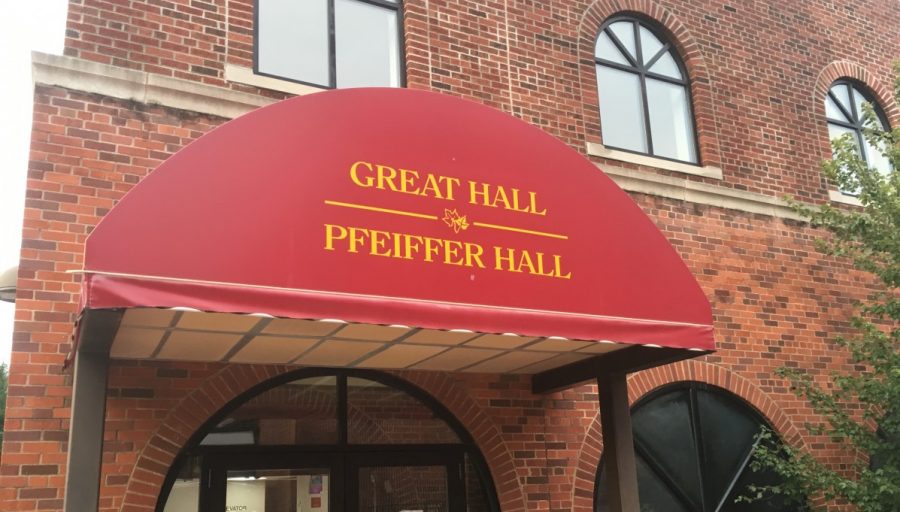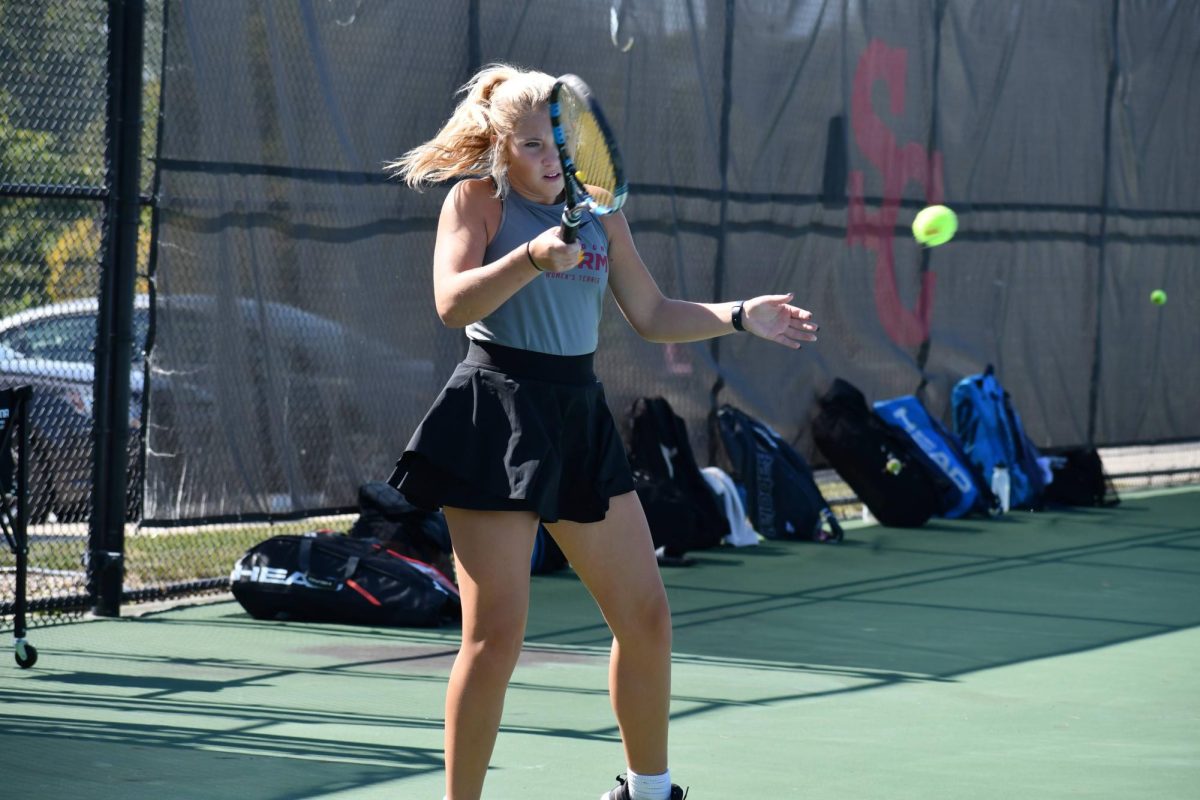Campus food recovery program is growing, needs student help
September 6, 2018
Over the past year, a food recovery program at Simpson College called Next Course has helped provide meals for families in the Indianola community and eliminate the waste that goes along with producing food on campus.
The organization has given Simpson’s dining service provider, Sodexo, resources to reduce the amount of waste produced in Pfeiffer Dining Hall.
Chad Timm, founder of Next Course and associate professor in the education department, has been running the program to address the problem of food insecurity.
“In the fall of 2016, we had an alumni board meeting where we discussed how we as alumni could help the college. Drake had just started a program very similar to this one, so we discussed how to start a program of our own,” he said.
The program aims to eliminate waste by giving away leftover food, but it also helps to eliminate waste at the source. Pfeiffer now weighs its food, which gives kitchen employees a more accurate number for how much food they should be making daily.
“After the first semester, the program started [Pfeiffer] wasn’t weighing how much they were throwing out. Now that they have a more accurate number, the Sodexo staff can reduce the amount of waste they produce,” Timm said.
Food that is thrown away will go through a decomposing stage where it sits in a landfill and emits methane gas as it breaks down. Methane is a leading contributor to the greenhouse effect, accounting for nearly 10 percent of greenhouse gas emissions from human activity in the U.S., according to the Environmental Protection Agency website.
The Food and Agriculture Organization of the United Nations (FAO) released findings in 2015 that state one-third of all food produced in the world never reaches the consumers’ table. This leaves a carbon footprint comparable to the U. S. and India as whole countries.
“I have students who are interested in reducing this footprint, and they are interested in this program because we help eliminate the solid waste,” Timm said.
The program works as a two-sided coin: Since the program shows how much Sodexo wastes, it can then reduce how much it makes in order to eliminate waste. However, that then means less food would go to the community.
“Overall, it depends on how you look at the situation. But right now in the early stages of the program, where we are only working with Simpson, we can help them reduce the amount they waste and hopefully in the future, we can grow the program so that we could get some local businesses to help give to the community,” Timm said.
Timm has been working on growing the program, but a lack of volunteers has halted how much the program can operate.
“I have a few students and myself in this program. Just last week I had to deliver the food by myself because I couldn’t find anyone that had the time to deliver it. I would love to see more participation in the program,” he said.
Any students interested in volunteering to help the program should contact Chad Timm at chad.timm@simpson.edu.







